EX800B $3999
5 stars
EX800S $3999
4 stars
Mission’s revival is the real deal with this winning standmount and subwoofer pairing
FOR MANY YEARS now, loudspeaker company Mission has held a reputation for producing quality, high performing and generally very affordable speakers. Loads of audiophiles, at some time in their hi-fi journey, have owned a pair of Missions and will quite possibly still have them, even if only for nostalgic reasons. I owned a pair of Mission 733s for a while and I was extremely fond of them, and even though I don’t own them anymore, they are still in the family.
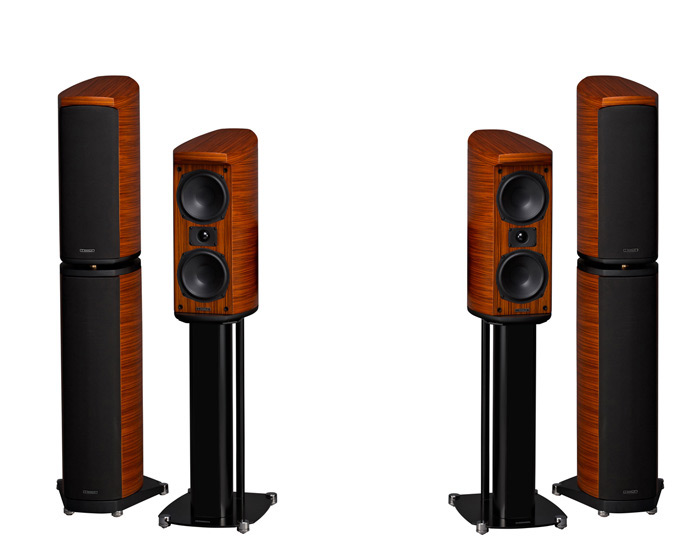 The company was started in England in 1977 by Farad Azima and the following year Mission released the 770 speaker which used the world’s first polypropylene drive unit available for the home user. This was followed in 1979 by the 700 which, in another world first, featured an inverted driver arrangement – where the tweeter sits below the main driver. For the next two decades Mission continued developing speakers, gaining a well-earned reputation for high quality audio, not least due to many innovations in technology and design. The 1990’s saw the well regarded 75 and 78 series’ and in 2001 Mission launched the luxurious Pilastro speaker, an $NZ45k embodiment of the company’s years of acquired knowledge and talent.
The company was started in England in 1977 by Farad Azima and the following year Mission released the 770 speaker which used the world’s first polypropylene drive unit available for the home user. This was followed in 1979 by the 700 which, in another world first, featured an inverted driver arrangement – where the tweeter sits below the main driver. For the next two decades Mission continued developing speakers, gaining a well-earned reputation for high quality audio, not least due to many innovations in technology and design. The 1990’s saw the well regarded 75 and 78 series’ and in 2001 Mission launched the luxurious Pilastro speaker, an $NZ45k embodiment of the company’s years of acquired knowledge and talent.
After getting into some financial trouble, Mission was bought up by IAG (International Audio Group) – the China based company that also owns Wharfedale, Castle, Quad and others – in 2005. It is pretty fair to say that, at least here in New Zealand, Mission fell out of favour a bit with some folk in the audiophile community after this buy-up, perhaps due to a perceived downgrade in production quality, unfairly attributed to the fact that the speakers were now being made in China rather than England; or perhaps even because Mission speakers became available to the mass market via well-known chain stores. We audiophiles can’t be seen with well-known brands in our homes, now can we?
Well, Mission are ready to be taken seriously by audiophiles again and their current entry level MX series and the midrange 79SE series are receiving many rave reviews; and the newly launched EX series is now available and is the current flagship.
 This current range is all designed by Englishman Peter Comeau, who is in fact the original designer for Mission speakers, who has returned to the company and is now based in China with IAG. But perhaps the trump card (not to diminish the talents of his esteemed colleagues) is Mubasher Ali (also originally from England) formerly of Mclaren F1 sports cars and Tag Mclaren Audio, who is now Head of Production Engineering and Quality Control for the 1.5 million square foot IAG factory. Ali has handpicked over a thousand workers who are personally trained by himself in the various facets of production – workers are even clothed, fed and housed by the company. Ali is a master of his craft and it seems that what he doesn’t know about manufacturing audio products is probably not worth knowing. Also of note are the eight or so computer controlled woodworking machines which have been shipped over from England to be used for manufacturing the Mission range – these are part of the original Mission equipment and still going strong. In fact, almost everything – speaker drivers, parts and components, wire and even the manufacturing tools – is made right there in the factory. I think it’s pretty safe to say that the all- important QC at Mission is now potentially better than ever. IAG even has its own recording studio, which features a rare mixing desk and a million dollar grand piano. Isn’t it nice to know that your hi-fi equipment is being made by actual music enthusiasts?
This current range is all designed by Englishman Peter Comeau, who is in fact the original designer for Mission speakers, who has returned to the company and is now based in China with IAG. But perhaps the trump card (not to diminish the talents of his esteemed colleagues) is Mubasher Ali (also originally from England) formerly of Mclaren F1 sports cars and Tag Mclaren Audio, who is now Head of Production Engineering and Quality Control for the 1.5 million square foot IAG factory. Ali has handpicked over a thousand workers who are personally trained by himself in the various facets of production – workers are even clothed, fed and housed by the company. Ali is a master of his craft and it seems that what he doesn’t know about manufacturing audio products is probably not worth knowing. Also of note are the eight or so computer controlled woodworking machines which have been shipped over from England to be used for manufacturing the Mission range – these are part of the original Mission equipment and still going strong. In fact, almost everything – speaker drivers, parts and components, wire and even the manufacturing tools – is made right there in the factory. I think it’s pretty safe to say that the all- important QC at Mission is now potentially better than ever. IAG even has its own recording studio, which features a rare mixing desk and a million dollar grand piano. Isn’t it nice to know that your hi-fi equipment is being made by actual music enthusiasts?
The new EX800 speakers – distributed here in New Zealand by Capisco – are a modular design based around the EX800B, a full range standmount which can be used on its own with a dedicated stand or with the matching EX800S bass column, which is effectively a subwoofer in a speaker cabinet that’s said to “[provide] greater bass power and extension from 100 Hz down to 30 Hz”. When the two are used together they interlock to create a rather elegant, modern looking floor standing tower. A centre speaker, the EX800C, is also available for those wishing to create a full home theatre setup.
Features and Build
When I spoke to Capisco’s Jason Bell, it was evident that he – and the company – is rather excited about this new Mission offering and, frankly, it’s obvious why. The EX800s – inspired by the Mission Elegante series which was also designed by Peter Comeau – are very handsome indeed, and the Zebrawood veneer (Capisco is only bringing this finish into New Zealand, though four others are produced) is quite stunning and somewhat reminiscent of Sonus Faber. They use a gorgeous curved cabinet design which Mission say can improve overall strength while reducing vibrations, absorbing internal reflections and dissipating standing waves to help improve bass response. Even the top of the EX800B standmount curves and slopes downwards from the back – my friend James commented that this is great because it will stop your mates putting their beer down on top of your precious speakers. I went one further and added that it would stop one’s wife from putting her cup of tea down on one’s precious speakers. Sometimes one goes too far. The speakers are solid and reasonably heavy, with the 800Bs weighing 12.35kg and the 800Ss weighing 15.4kg.
 The standmount measures 510h x 220w x 370d (mm) and is a 2-way reflex type with a frequency response of 30-60 KHz and a measured sensitivity of 89dB into 8 ohms. It uses two 165mm “Paramid-S” bass drivers and a 25mm “Viotex-S” soft dome tweeter. According to the Mission website, Viotex is “an extremely fine weave material which is both incredibly light and, when woven into a matrix and impregnated, is also very strong. Capable of moving at incredibly high speeds with minimal inertia, Viotex not only improves the upper frequency response band limit and improves the detail resolution, it is incredibly natural and relaxed in performance.” Of the Paramid drivers they say it is “formed using a sandwich structure. Aramid polymer fibres with incredible tensile strength are sandwiched between two stiffer pulp layers. This creates a cone which is very light and stiff, yet has superb internal damping. The internal damping drastically reduces cone-induced distortion by absorbing the transverse waves that travel through a cone following an impulse”. The tweeter is situated in the centre, between the two bass drivers, which Mission calls a symmetrical driver array, and is said to enhance imaging by “mimicking point-source dispersion”. The cabinets are rear-ported and a foam bung is provided for tuning the bass response to your preference and/or room. There is a single pair of binding posts which can be linked to the 800S with a gold-plated linking strap, or they can be bi-wired along with the subwoofer.
The standmount measures 510h x 220w x 370d (mm) and is a 2-way reflex type with a frequency response of 30-60 KHz and a measured sensitivity of 89dB into 8 ohms. It uses two 165mm “Paramid-S” bass drivers and a 25mm “Viotex-S” soft dome tweeter. According to the Mission website, Viotex is “an extremely fine weave material which is both incredibly light and, when woven into a matrix and impregnated, is also very strong. Capable of moving at incredibly high speeds with minimal inertia, Viotex not only improves the upper frequency response band limit and improves the detail resolution, it is incredibly natural and relaxed in performance.” Of the Paramid drivers they say it is “formed using a sandwich structure. Aramid polymer fibres with incredible tensile strength are sandwiched between two stiffer pulp layers. This creates a cone which is very light and stiff, yet has superb internal damping. The internal damping drastically reduces cone-induced distortion by absorbing the transverse waves that travel through a cone following an impulse”. The tweeter is situated in the centre, between the two bass drivers, which Mission calls a symmetrical driver array, and is said to enhance imaging by “mimicking point-source dispersion”. The cabinets are rear-ported and a foam bung is provided for tuning the bass response to your preference and/or room. There is a single pair of binding posts which can be linked to the 800S with a gold-plated linking strap, or they can be bi-wired along with the subwoofer.
The Auxiliary Bass Radiator (ABR) Loaded enclosure EX800S subwoofer measures 710h x 220w x 370d (mm) and uses one 165mm Paramid-S bass driver and two ABR bass drivers. It has a measured frequency response of 45-200 Hz and the sensitivity is 89dB into 8 ohms. It sits on its own fixed black and solid spiked plinth and also has a plinth on top, with footings, to accommodate the 800B. The cabinet is fully enclosed and has one set of binding posts which can be linked to the standmounters. Mission says that “by separating the low bass power subwoofer from the full-range standmount, IM [Intermodulation] distortion is lowered resulting in greater clarity throughout the midrange and treble.”
Initially I protested at the use of metal grille covers and I still believe that the speakers not only look better with the covers off but that they also sound better. Okay the metal grilles give the best possible protection from tweeter – and – driver – destroying little fingers but I would have thought metal covers would have to restrict the flow of music. However according to information on the MX series speakers, which also use metal grilles, there is a “treble waveguide” built into the grilles of those models for wide dispersion of sound and “a balanced sound, on and off axis”. I would assume the same technology has been applied to the EX series. Mission believes their customers prefer keeping the covers on, so the “waveguide” means they can have protection and the best possible sound. I shall leave that up to you to decide but I am definitely a “covers off” guy.
Setting Up
I was told that I would be the first person in the country to hear these new speakers straight out of the box, so it was with a little trepidation that I unpacked the four rather large boxes and began the set up process. For positioning, Mission recommends a distance of at least half a metre from each side wall, at least 20cm from the rear wall and 1.5-2.5 metres between the two speakers, with 2-3.5 metres to the listening position. A toe-in of around 0-30 degrees is also recommended if necessary. Obviously every home is different and the optimum speaker position can sometimes be difficult to achieve, so experimentation is heartily recommended. Bass can be played with, not only by using the supplied bungs, but also by moving the speakers in or out of the room from the rear wall, and the distance between the speakers can greatly affect the perceived soundstage. Take your time and be careful – always remove the 800B before repositioning the speakers – and you will be justly rewarded. I managed to set the review pair up satisfactorily and toed them in towards my listening seat by around the 30 degree mark. I will admit that my room is perhaps a little too small for the full top and bottom setup, but the standmounts alone would certainly be ideal.
The EX800Bs are spiked and sit on top of the EX800Ss, via spike retainers, nice and securely with a gap of around 14mm between the two cabinets. Capisco supplied me with a pair of hefty QED Genesis Silver Spiral bi-wire speaker cables for the review (don’t forget to remove those linking straps when using bi-wire cable or nothing will be achieved) and they did the trick just nicely. Recommended amplification for the speakers is 50 to 150 watts and my Unison Research Unico SE valve hybrid proved ample, providing around 150wpc. In addition I used a Myryad pre and power combination (the new MX series, which will be reviewed very soon) which also fed 150wpc into the speakers. Sources used were the Myryad MXC7000 CD player (also on review) as well as my own Rotel DAC and Well Tempered/Analog Instruments/Benz ACE/Trichord vinyl front end. Other cables used were from Atlas, Chord and QED’s Signature range.
Listening
Straight out of the box, the Mission EX800s were quite impressive. The midrange was sweet, bass was deep and really moved air, although at times it tended to sound a little congested and smudged some midrange detail; the treble was crisp and fairly well detailed, although I could hear a little bit of sibilance. I noticed nothing overtly hideous though – which was a good sign – and I set about running them in for a period, leaving them on for a few days with music cranking. After only about 20 hours, things started to noticeably improve, with the sibilance gone and the bass becoming more focused. After 50 to 100 hours, everything seemed more or less in order – with a more extended, detailed bass response, a smooth and detailed midrange and a completely inoffensive top end.
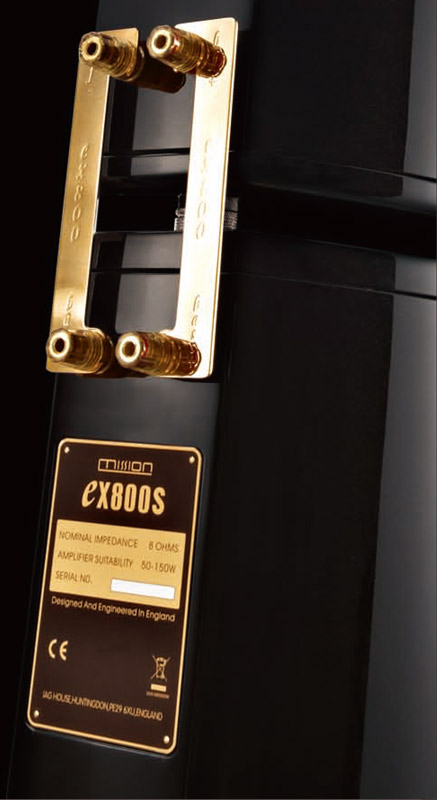 Pitch Black’s Rhythm, Sound and Movement – Rude Mechanicals Remix CD, which I can’t get enough of lately, sounded rich and full bodied with tightly focused pumping bass and beautifully detailed midrange and treble detail. It all seemed pretty effortless for the Missions which seemed to simply sit there silently and stoically while the music just appeared in the room, filling every corner with creamy goodness. The sound, while nice and open, wasn’t deeply transparent or as breathtakingly lively as, say, the ProAc D2s I reviewed earlier this year or even my own Spendors, yet everything just had rightness about it and the music was intensely pleasant.
Pitch Black’s Rhythm, Sound and Movement – Rude Mechanicals Remix CD, which I can’t get enough of lately, sounded rich and full bodied with tightly focused pumping bass and beautifully detailed midrange and treble detail. It all seemed pretty effortless for the Missions which seemed to simply sit there silently and stoically while the music just appeared in the room, filling every corner with creamy goodness. The sound, while nice and open, wasn’t deeply transparent or as breathtakingly lively as, say, the ProAc D2s I reviewed earlier this year or even my own Spendors, yet everything just had rightness about it and the music was intensely pleasant.
The Missions did jazz a great service too, as demonstrated by Wellington trio Twinset, with their track ‘Double Helix’ from their first album This Is Boogaloo. The band members play alto saxophone, organ and drums and the recording is nothing short of superb with the speakers really seeming to convey the spirit of the performance. The drums sounded totally real with the timbre of the skins in evidence while the crisp cymbals tapped the tune along in a metronome- like fashion. I could hear the reed in the saxophone and that instrument’s shrill blasts never offended my ears. But it is Christopher Yeabsley’s stunning organ playing that drives the music and he plays the bass with his instruments bass pedals to great effect – in fact it sounded spot on and I could often hear the drum kit resonating from the lower bass notes. I saw them play once, on the back of a truck or something, in the middle of Cuba Street and they were brilliant. Hearing them through the Missions, I could close my eyes and transport myself back to those Wellington days; the only thing really missing was everyone else’s dreadlocks hitting me in the face as I stood in the crowd. [Gag! – Copy Editor]
However, it wasn’t all straightforward and easy. When I tried Wilco’s ‘At Least That’s What You Said,’ the opening track from the sublime album A Ghost Is Born, the music didn’t quite take off and when the guitars, drums and bass kicked in, everything got a bit too intense and chaotic with the surprisingly uncouth- sounding bass swamping out the midrange and making me want to hide under the couch. Now, I have found this to be quite a difficult track (the whole album in fact) for some systems to cope with. It has, I feel, an unusual and distinctly “Wilco” feel about the production and the bass in particular can be quite tricky. My Spendors can struggle at higher volumes and the ProAc D2s have so far been the only speakers to truly impress me with the track. When I took the subwoofers out of the equation and just used the EX800Bs, things improved greatly and the bass became tighter and more focused and the midrange came to the fore, separating the piano, guitar and drums from the heavy bass attack to give a much better performance. My admiration for the standmounts suddenly went up a notch. For their size they really pump out some fine bass, which in fact I think is quite ample for my requirements. They image very well too, and with believable scale on a reasonable sized soundstage.
Putting the subwoofers back in line, I cranked up Lou Reed’s superb Transformer album – the excellent remastered version – on both CD and vinyl (why not). Listening to ‘Walk On The Wild Side’ I was back to being impressed because the bass was rich again, tight and punchy and I could hear individual bass notes being plucked, instead of that swamped out anxiety-fest of the Wilco track. The distinctive cymbal brush strokes on the track were metallic and delicate while the saxophone at the end came out of a dark black background, rising above the rest of the mix compellingly. On ‘Satellite Of Love’, piano notes were convincing and full bodied, twinkling nicely, while cymbals were crisp and Reed’s voice floated perfectly between the two speakers, further demonstrating their excellent imaging abilities.
I found myself, as often happens when something great gets popped into my system, trawling through my music collection, bringing out all manner of albums to see how they would sound. The EX800 speakers proved to be pretty much great all-rounders, as I found out playing rock, metal, acoustic, jazz and even classical. My 7-inch of Tone-Loc’s ‘Wild Thing’ even sounded fantastic (okay, it’s my guilty pleasure – what’s yours?). There were a few times when I felt that the subwoofer was perhaps a little too much, delivering more bass than I thought necessary, but some of that could be attributed to room size – a larger room could very well cope better. However, with the Wilco album and later My Morning Glory’s Evil Urges, the bass was definitely too intense and I found things usually improved, if at least only a little, by taking out the 800S subs. Obviously, this can partly be attributed to the recordings themselves. I haven’t heard one system where Evil Urges sounds pleasant – it’s compressed to hell and the bass is just horrible, totally overpowering – and instead of wanting to hide behind the couch, I want to throw the seating vessel at the speakers. Quite a shame really, because there are some great songs on that album. I think the quality of source material may need to be carefully considered, especially if you’re a strict rocker and a home audition is, as usual, strongly advised.
Conclusion
The EX800 speakers are superb, delivering a rich, full-bodied sound and with most material provide fast, punchy bass, a smooth and sweet midrange and easy-on-the-ear treble with pretty decent transient attack ability. Musically they don’t do anything particularly extraordinary or groundbreaking, but they do have a way of simply getting out of the way and letting the music play, filling the room with lovely sound that has plenty of detail, warmth and good tonal quality with regards to instruments.
They look elegant, well designed and constructed and I wager the Mission EX800 speakers will look great in any home – old or modern. With the right material they sound engaging and thoroughly enjoyable, giving a fairly well balanced and dynamic performance though watch out for that bass if using the subwoofers, as it can get a little overbearing with some recordings. They have the ability to convey plenty of detail and that soft dome tweeter is very pleasing on the ears, never becoming offensive or bright, something my old Mission 733’s used to have a tendency for. As a two channel speaker setup they are excellent and I would love to hear a full 5.1 or 7.1 home theatre setup utilising the EX800 range.
I do wonder though, if most audiophiles wouldn’t be happy with just the EX800B standmounts, on dedicated stands. To my ears they provide ample bass, which is taut and controlled and would still fill a decent-sized room. My personal preference would be to have just the standmounts, though the subwoofers do add a certain amount of richness, as well as more thump. If you do go for the full setup then you are looking at big money, but I guess the beauty is that you can start with the EX800Bs and add the EX800Ss later, if you wish.
I think Mission may well have a triumph on their hands and if this is their attempt at refreshing the brand image, it should prove successful. ANDREW BAKER

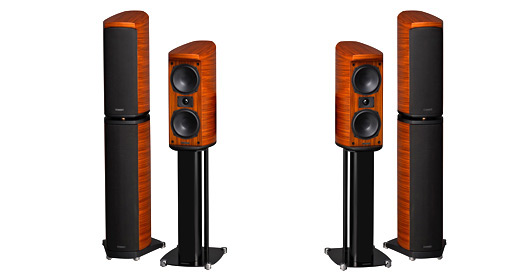


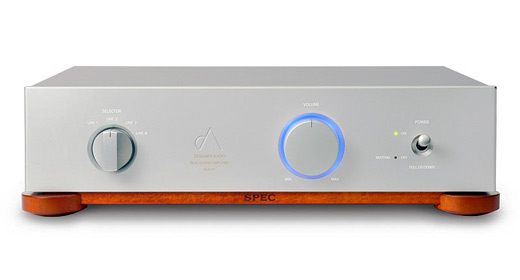
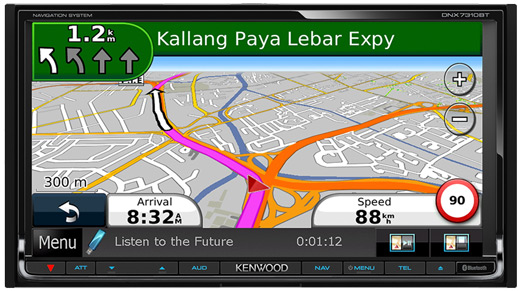
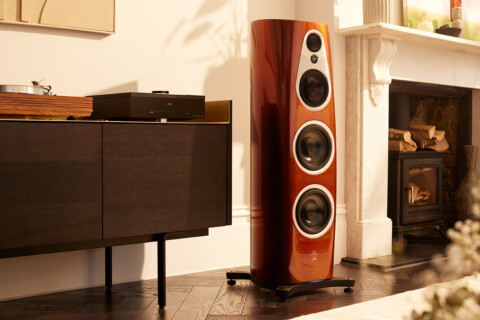
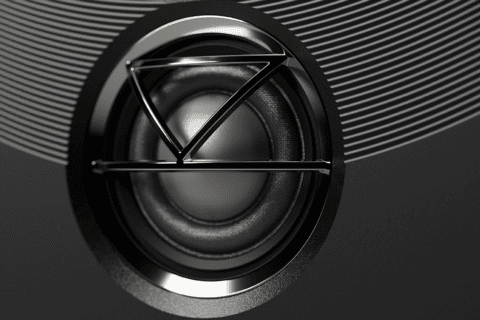
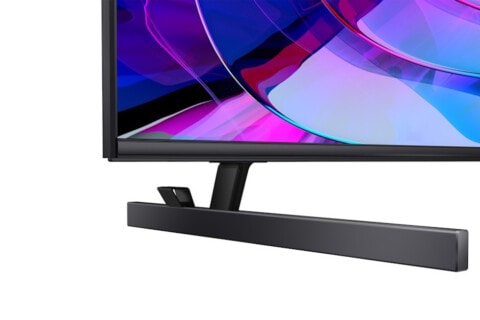
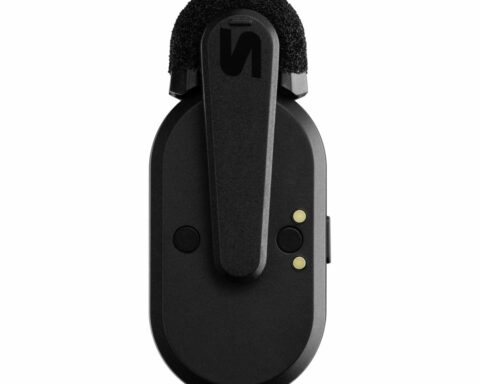
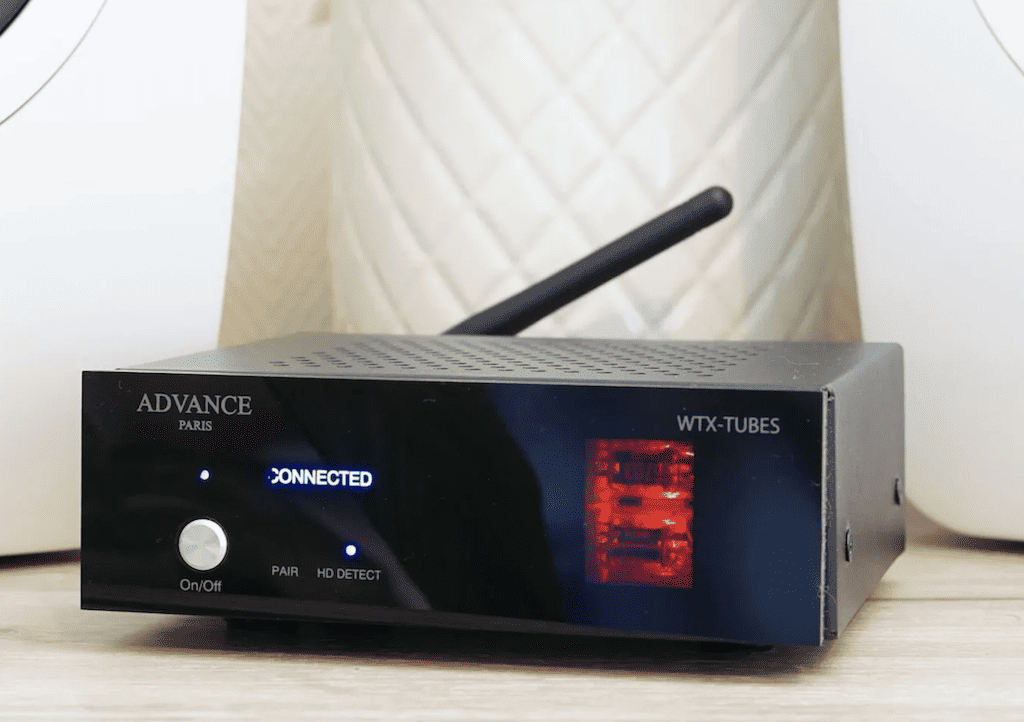

Trying to locate a tweeter 70-HF025, any ideas where to find? Thanks